CompTIA A+ Certification Core 2 (Exam: 220-1002)
Master essential operating systems skills for PCs and digital devices with the CompTIA A+ Core 2 Certification course, tailored for aspiring IT technicians seeking expertise in troubleshooting, security, and customer support.

Essential Skills Gained

Understand networking and security fundamentals

Diagnose and resolve software issues effectively

Apply OS troubleshooting and deployment skills

Provide exceptional customer and technical support
Format
- Instructor-led
- 5 days with lectures and hands-on labs.
Audience
- PC Support Professionals
- Entry-Level ICT Career Seekers
- Desktop Engineers
- PC Support Analysts
Description
Acquire the essential skills needed to install, configure, optimize, troubleshoot, upgrade, secure, and perform preventive maintenance on PC and digital device operating systems (OS). In this 5-day CompTIA A+ Core 2 (220-1002) certification training course, students will explore various operating systems including Windows, MAC and Linux. Throughout the course, students will work with Microsoft command line tools and control panels with the desktop environment and learn basic scripting. Student will also explore security and troubleshooting objectives for desktop, mobile and wireless systems as well as operational procedures. The CompTIA A+ (Exam 220-1002) course can benefit you in two ways. Whether you work or plan to work in a mobile or corporate environment where you have a high level of face-to-face customer interaction, where client communication and client training are important, or in an environment with limited customer interaction and an emphasis on application, operating system, and security-related activities, this course provides the background knowledge and skills you will require to be a successful A+ technician. It can also assist you if you are preparing to take the CompTIA A+ Certification Exam: Core 2 Objectives EXAM NUMBER: CORE 2 (220-1002) in order to become a CompTIA A+ Certified Professional. Note: this is a preliminary course information outline and is subject to change upon final Core 1 (220-1001) curriculum release from CompTIA Accreditation.
Upcoming Course Dates
No upcoming dates. Please check back later.
Course Outline
Download PDFLesson 1: Operating Systems
Common operating system types and their purposes
Microsoft Windows versions
OS installation considerations and upgrade methods
Microsoft command line tools
Microsoft operating system features and tools
Microsoft Windows Control Panel utilities
Installation and configuration concepts
Microsoft Windows networking on a Client/desktop
Mac OS and Linux client/desktop operating systems
Lesson 2: Security
Physical security measures
Logical security concepts
Wireless security protocols and authentication methods
Detect, remove, and prevent malware using appropriate tools and methods
Social engineering, threats, and vulnerabilities
Microsoft Windows OS security settings
Best practices to secure a workstation
Methods for securing mobile devices
Appropriate data destruction and disposal methods
Configure security on SOHO wireless and wired networks
Lesson 3: Software Troubleshooting
Troubleshooting Microsoft Windows OS problems
Troubleshoot and resolve PC security issues
Best practice procedures for malware removal
Mobile OS and application issues
Mobile OS and application security issues
Lesson 4: Operation Procedures
Best practices associated with types of documentation
Change Management best practices
Implement basic disaster prevention and recovery methods
Common safety procedures
Environmental impacts and appropriate controls
Addressing prohibited content/activity, and privacy, licensing, and policy concepts
Proper communication techniques and professionalism
Basics of scripting
Remote access technologies
Lesson 5: Best practice methodology to resolve problems
Identify the problem
Establish a theory of probable cause
Test the theory to determine cause
Implement the solution
Verify full system functionality
Document findings
Your Team has Unique Training Needs.
Your team deserves training as unique as they are.
Let us tailor the course to your needs at no extra cost.
See What Other Engineers Are Saying
Trusted by Engineers at:
and more...
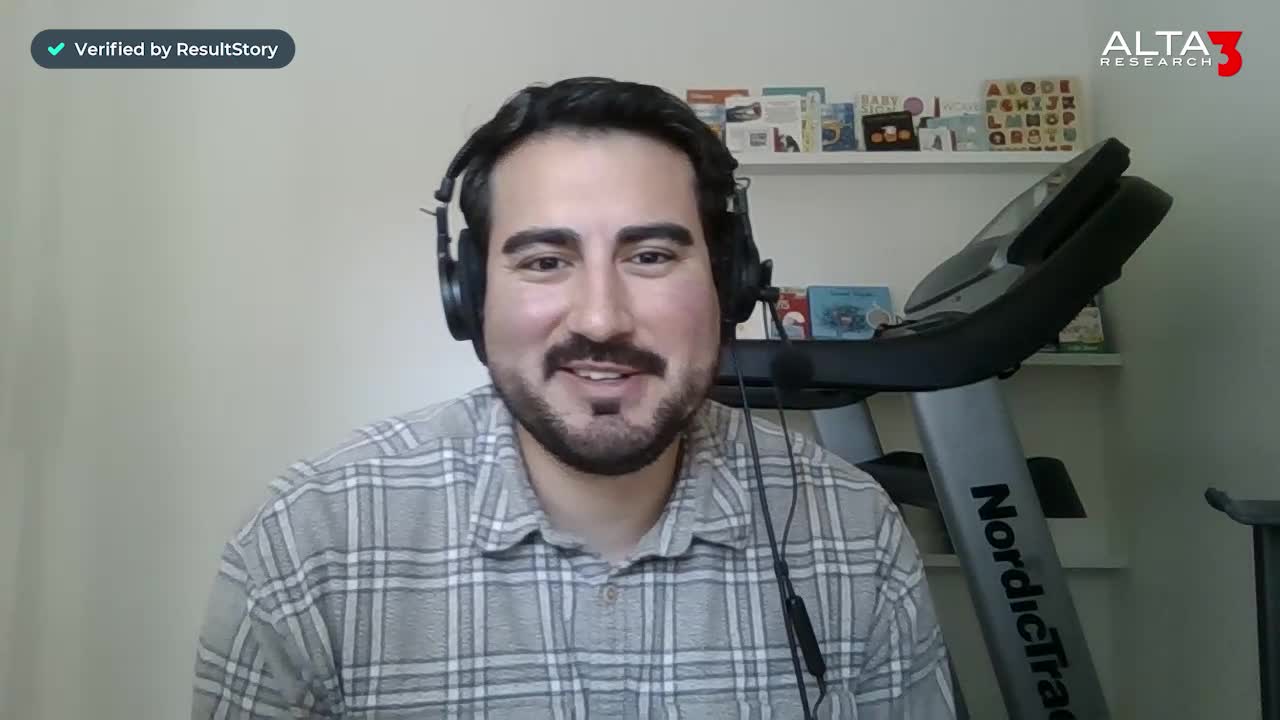
Aaron Steele

Casey Pense
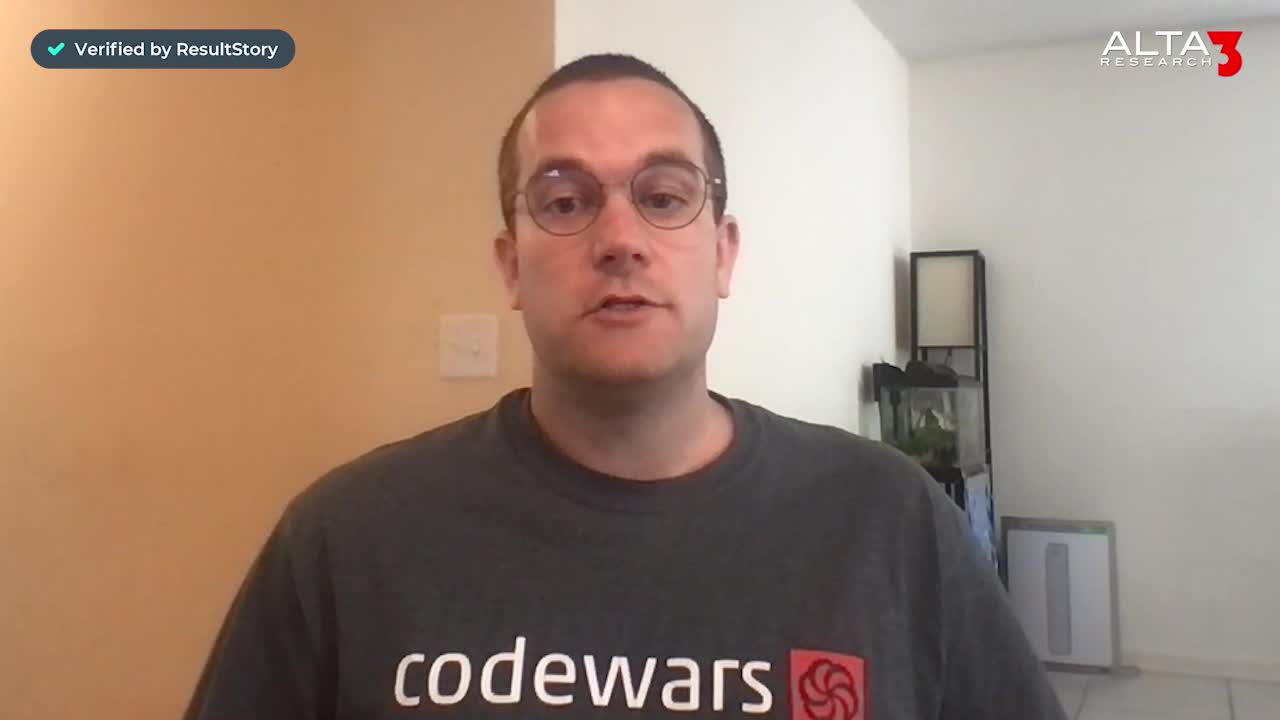
Chris Tsantiris
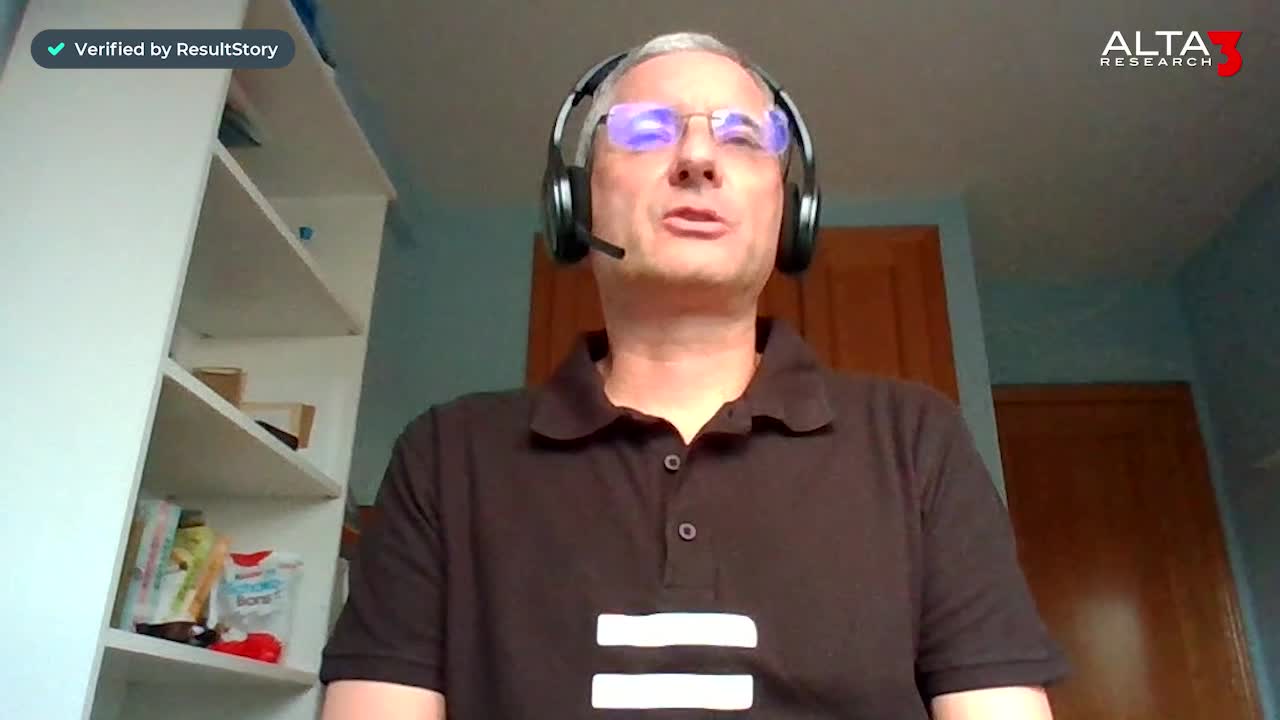
Javier Martin
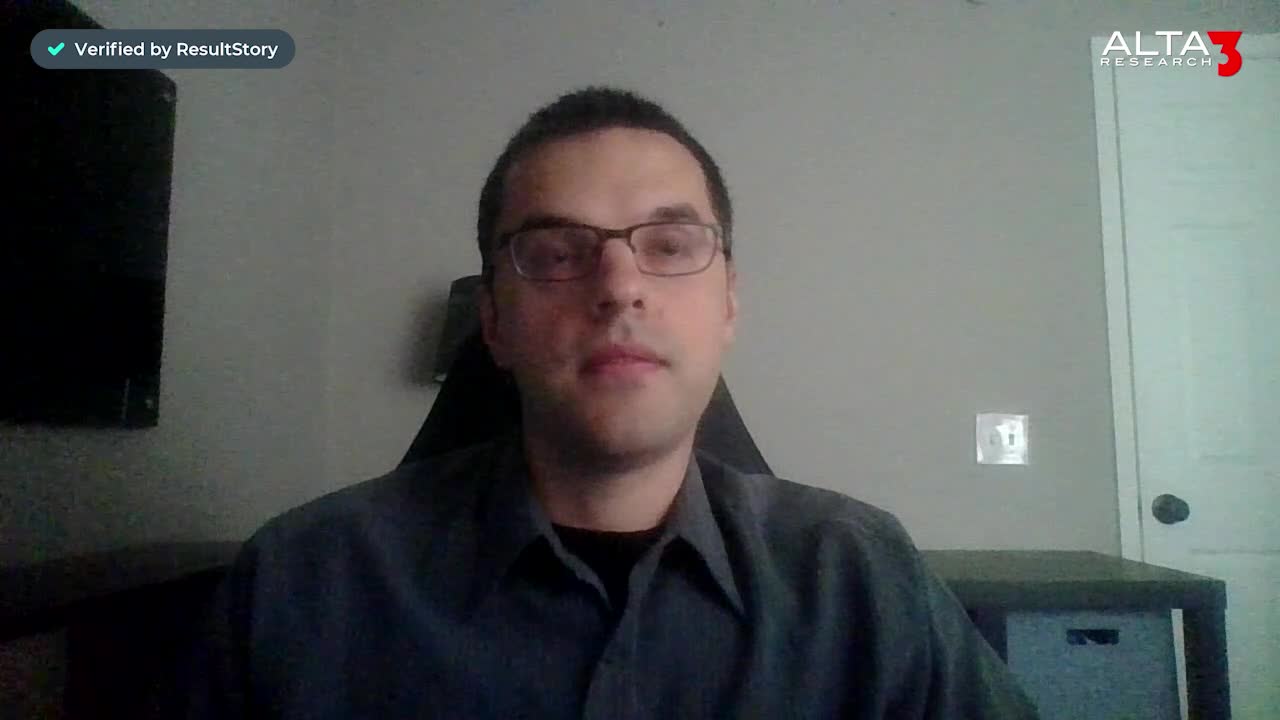
Justin Gilley
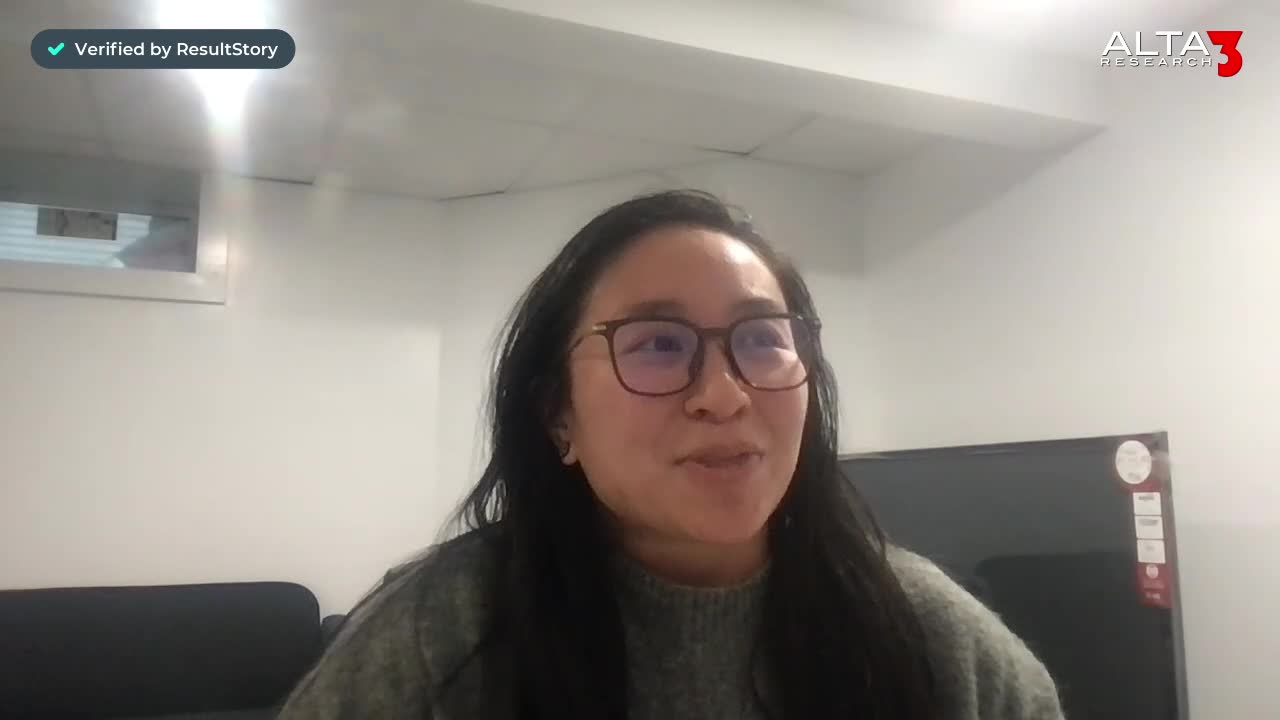
Kathy Le
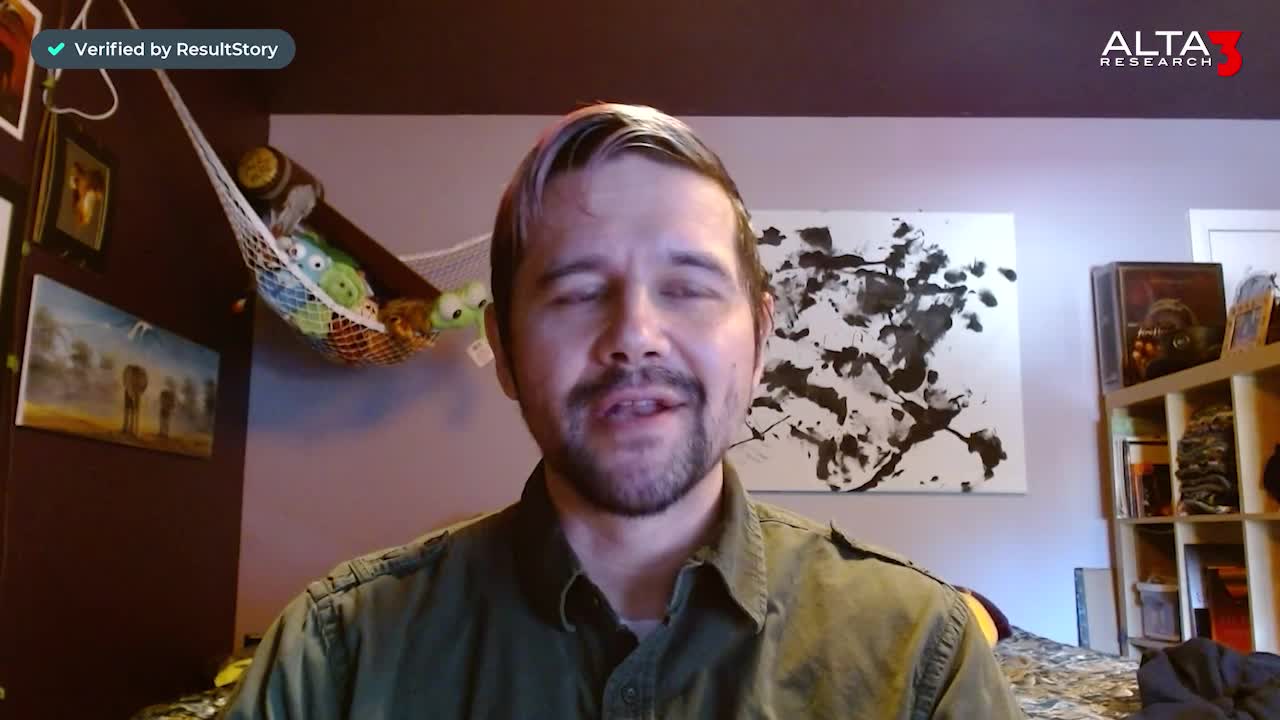
Kelson Smith

Oussama Azzam
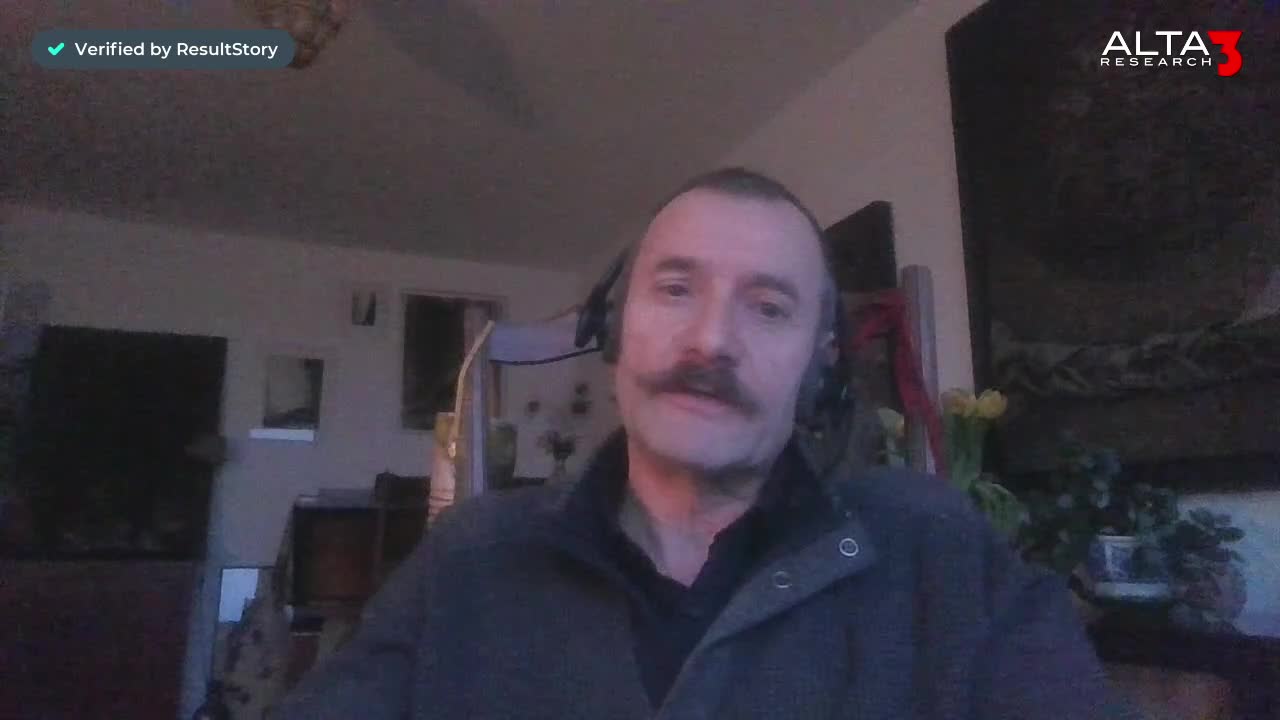
Pascal Rodmacq

Randall Granier

Aaron Steele

Casey Pense

Chris Tsantiris

Javier Martin

Justin Gilley

Kathy Le

Kelson Smith

Oussama Azzam

Pascal Rodmacq

Randall Granier